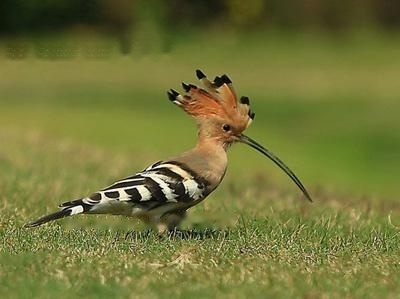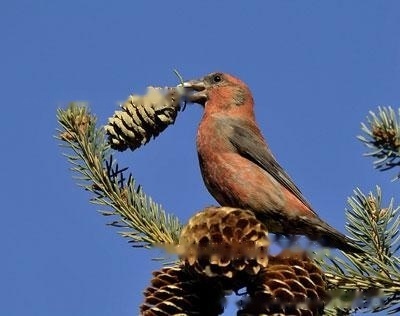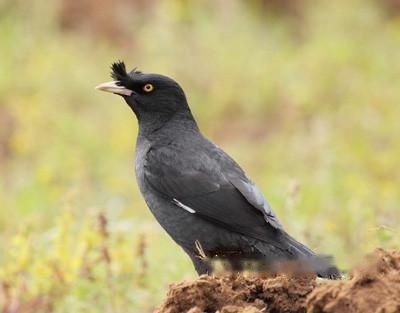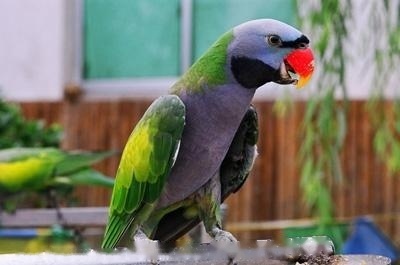The sex is more lively and bold, not afraid of people. It is agile, often jumping between branches, or flying from one tree to another. It usually flies slowly and has a short flight distance, but it flies quickly after being frightened. Except in pairs during breeding, they gather in small flocks in other seasons, sometimes mixed with other tits. Occasionally fly into the air and down to the ground to catch insects. The sound of "zi-zi-zi" is issued from time to time, and the sound is louder during the breeding season, especially in the early breeding period in spring, which is more rapid and changeable. They have the habit of storing food for winter needs, feeding under snow-covered branches.
Mainly include golden bugs, scarabs, poisonous moth larvae, sting moth larvae, inchworm larvae, Culex mosquitoes, flower flies, ants, bees, pine caterpillars, dust bugs, stink bugs, ladybugs, katydids Feed on insects and insect larvae such as Lepidoptera, Diptera, Coleoptera, Hemiptera, Orthoptera, Homoptera, Hymenoptera, and also eat a small amount of spiders, snails, grasses, flowers and other small invertebrates and plant foods.




